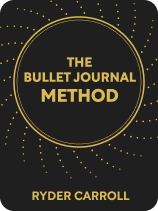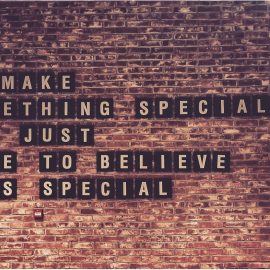

This article is an excerpt from the Shortform book guide to "The Bullet Journal Method" by Ryder Carroll. Shortform has the world's best summaries and analyses of books you should be reading.
Like this article? Sign up for a free trial here .
What is bullet journal migration? Why is it important to relocate your past journal entries?
As the name implies, migrating your bullet journal is when you review and copy the information you’ve previously recorded. This process helps you keep track of your tasks and reflect on your actions.
Here’s what Ryder Carroll has to say about migrating.
Reflection Through Migrating
In The Bullet Journal Method, Ryder Carroll explains that, unlike other productivity systems, the Bullet Journal Method encourages you to not only record information but also re-engage with it. Rather than passively listing tasks and reminders, you actively assess what you’ve written through a process he calls bullet journal “migration.”
(Shortform note: Although the Bullet Journal Method may be unique in the specific way it encourages you to re-engage with information, it’s not the only productivity system to have that functionality. Evernote, for example, is a digital app that helps you record information from a diverse set of file types—including notes, voice recordings, photos, and documents—and organize and search them with ease. Such effortless access to information incentivizes you to re-engage with the records you store.)
Carroll describes migrating as moving content from one part of your journal to another. The purpose of this relocation is to encourage you to reflect on every entry you record, which helps you spend your time and energy with intention. Without this built-in reflection, you’re likely to lose track of not only what you’re doing but also why you’re doing it. And if you don’t understand the purpose behind your actions, you’re at higher risk of making bad decisions that misalign with your purpose.
(Shortform note: Carroll doesn’t explicitly claim that migrating guarantees reflection, but his argument implies that migrating requires you to pause and consider the purpose of each entry before moving it. While it could certainly provide opportunities for reflection, it’s also possible that in building the habit of migrating, you could fall into a reflexive pattern of moving entries without re-evaluating them. Therefore, to fully benefit from this aspect of Bullet Journaling, don’t take these reflection opportunities for granted and be mindful as you transfer content.)

———End of Preview———
Like what you just read? Read the rest of the world's best book summary and analysis of Ryder Carroll's "The Bullet Journal Method" at Shortform .
Here's what you'll find in our full The Bullet Journal Method summary :
- A comprehensive guide to using the Bullet Journal Method
- How to maintain a journaling practice that can improve your overall quality of life
- How to extend the method beyond productivity to a practice in mindfulness






